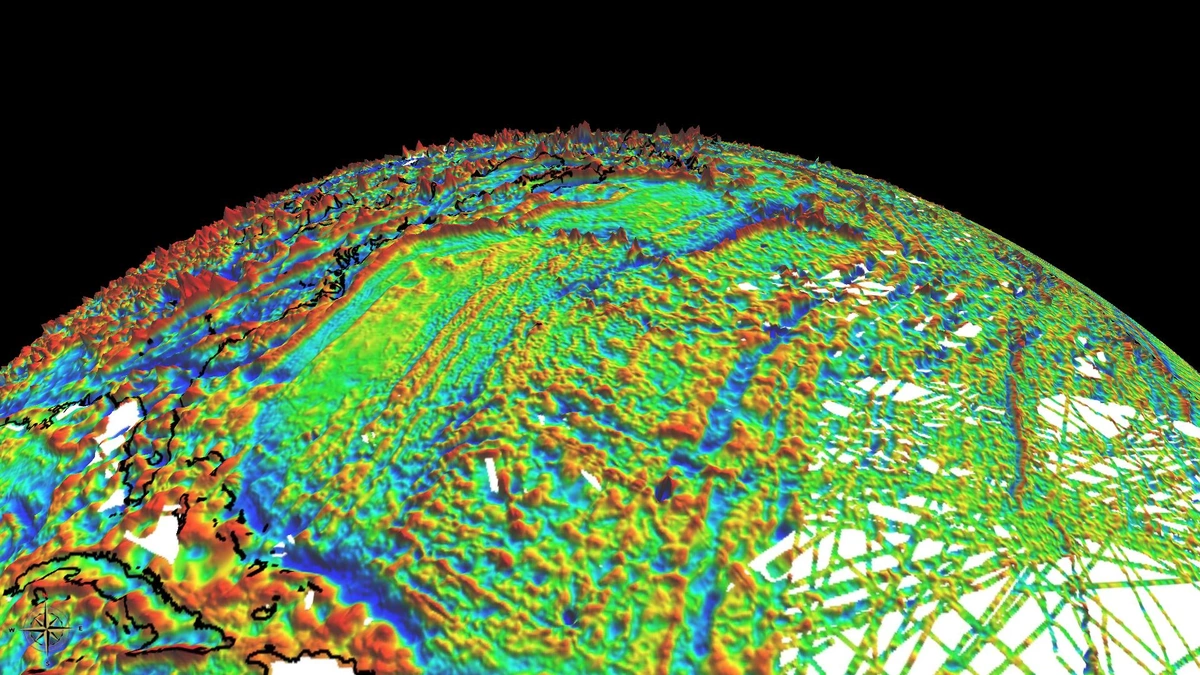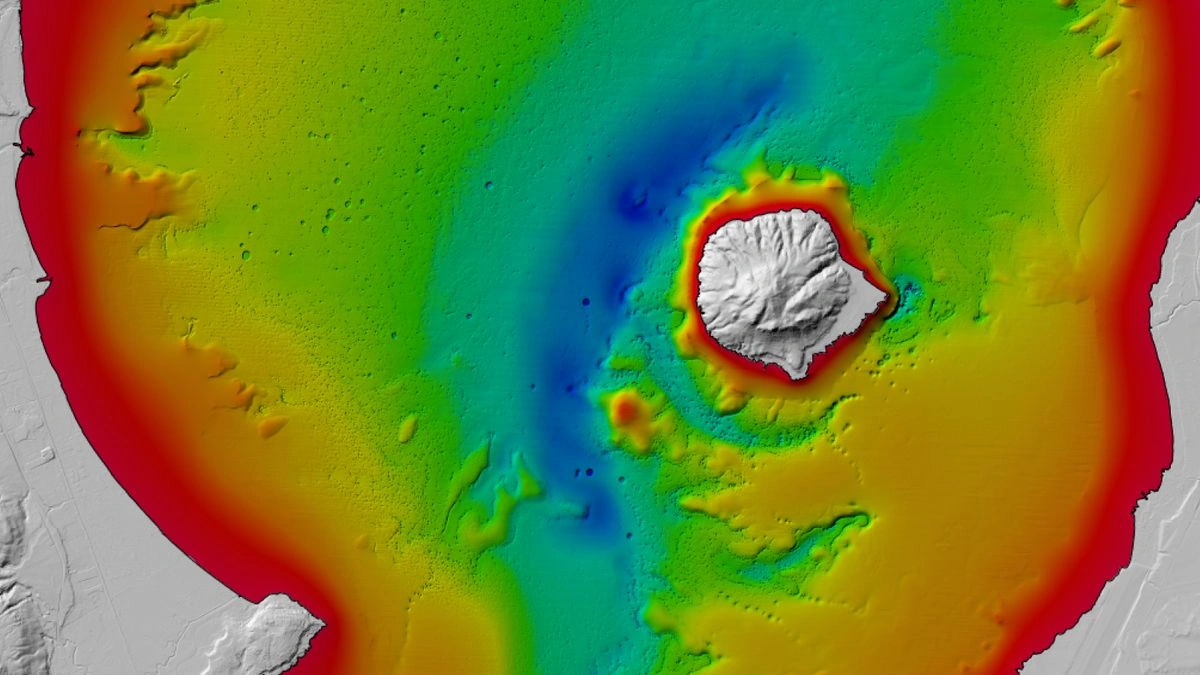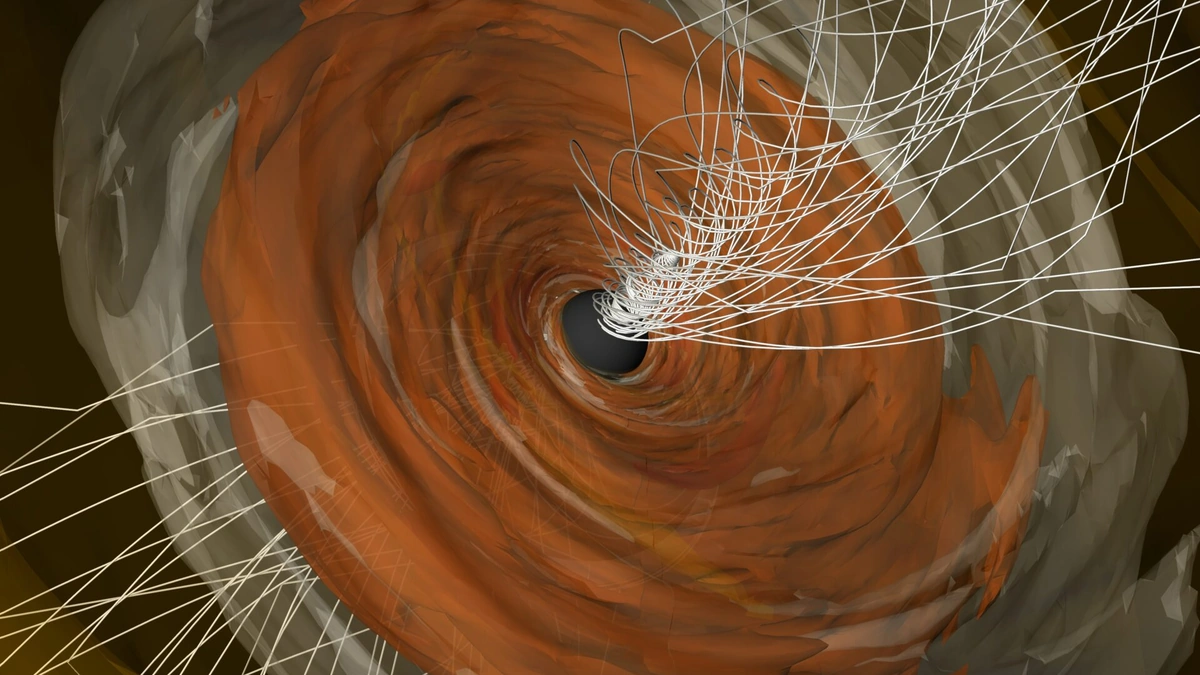Earth’s Magnetic Field Anomaly Continues to Expand, Say Satellites
Okay, so satellites are buzzing about this thing called the magnetic anomaly . But let’s be honest, the phrase itself sounds like something straight out of a sci-fi movie. What’s it really about, and why should someone sitting in, say, Bangalore, even care? I mean, we’ve got enough to worry about with traffic, right? Well, this anomaly has implications that are far more reaching than a traffic jam – and might even affect your GPS one day.
Here’s the thing: Earth has this invisible shield around it – the magnetosphere – which protects us from harmful solar radiation. Think of it as nature’s sunscreen. But this shield isn’t uniform. There are weak spots, areas where the magnetic field is weaker than usual. The biggest of these weak spots is the South Atlantic Anomaly (SAA), and guess what? It’s not just sitting still; it’s expanding, according to the latest satellite data. And yes, this South Atlantic Anomaly is what scientists are tracking.
Why Should You Care About Earth’s Magnetic Field?

Let’s get down to brass tacks: why does this expanding magnetic anomaly even matter to you? Well, for starters, it messes with satellites. When satellites pass through this weakened field, they’re exposed to higher levels of radiation. This can cause malfunctions, data loss, and even permanent damage. That’s why space agencies are keeping such a close eye on it. And what happens to satellites affects everything these days – from weather forecasts to your ability to order that pizza online.
But there’s more! The SAA could also affect aviation. Imagine flying over the South Atlantic and your navigation systems suddenly go haywire due to increased radiation. Not a fun thought, is it? While commercial airlines have protocols to deal with such situations, the expanding anomaly adds another layer of complexity. And, it poses a threat to the International Space Station itself! Pretty crazy, right?
The Earth’s magnetic field isn’t static; it’s dynamic. It changes over time, sometimes dramatically. The magnetic poles themselves wander, and have even flipped in the past. We’re talking about a process called geomagnetic reversal . Could the expanding SAA be a sign of something even bigger, like a pole shift? Scientists aren’t sure yet, but it’s definitely something they’re studying intensely.
The Science Behind the Anomaly (Without Getting Too Geeky)
So, what causes this magnetic anomaly anyway? The Earth’s magnetic field is generated by the movement of molten iron in the Earth’s outer core – a process called the geodynamo. Think of it like a giant, constantly churning dynamo inside the planet. This process isn’t perfectly uniform, leading to variations in the magnetic field strength.
The SAA is thought to be related to irregularities in the core-mantle boundary, where the Earth’s core meets the rocky mantle. This boundary isn’t smooth; it has bumps and dips that affect the flow of molten iron above. Additionally, interactions with solar winds and space weather can further distort the magnetic field, exacerbating the effects of the anomaly. It is a complex interplay of factors that create this vulnerable spot in our planet’s defense system. We need to understand space weather impacts in a better way!
What fascinates me is how all these systems are interconnected. The Earth’s core affects the magnetic field, which protects us from the Sun, which in turn affects our climate and technology. It’s like a giant, delicate balancing act, and the expanding SAA is a reminder that this balance isn’t always guaranteed.
How Satellites are Tracking the Expansion
Alright, so how do we know the magnetic anomaly is expanding? That’s where satellites come in. Agencies like ESA (European Space Agency) and NASA use constellations of satellites equipped with magnetometers to map the Earth’s magnetic field in detail. These satellites constantly measure the strength and direction of the magnetic field, providing a comprehensive picture of its evolution.
One of the key missions is ESA’s Swarm mission, which consists of three identical satellites flying in formation around the Earth. These satellites provide high-resolution data that allows scientists to track even subtle changes in the magnetic field. NASA’s Van Allen Probes also contribute to our understanding of the SAA by measuring the radiation environment in the region.
The data from these satellites is then used to create models of the Earth’s magnetic field, which are constantly updated to reflect the latest observations. These models are essential for predicting the behavior of the SAA and mitigating its potential impacts. You can read about the James Webb Telescope here . It’s a remarkable feat of engineering that allows us to probe the deepest mysteries of the universe.
Could This Lead to a Geomagnetic Reversal?
Now, here’s where things get really interesting (and maybe a little bit scary). The Earth’s magnetic field has flipped many times in the past – a phenomenon known as a geomagnetic reversal . During a reversal, the North and South magnetic poles swap places. The last time this happened was about 780,000 years ago.
Some scientists believe that the weakening of the magnetic field in the South Atlantic region could be a sign that we’re heading towards another reversal. However, it’s important to note that geomagnetic reversals are complex processes that take thousands of years to complete. The expansion of the SAA alone isn’t enough to conclude that a reversal is imminent. The planet Enfabrica is fascinating, and you can read about it here .
That said, even a partial weakening of the magnetic field could have significant consequences. It could increase the amount of radiation reaching the Earth’s surface, potentially affecting climate and technology. More research is needed to understand the long-term implications of the expanding magnetic anomaly . In the meantime, the scientists will keep tracking the geomagnetic field variations using sophisticated satellite observations and geomagnetic models .
FAQ About the Expanding Magnetic Anomaly
Will the expanding magnetic anomaly affect my health?
While the anomaly does increase radiation exposure at certain altitudes, it’s unlikely to have a direct impact on your health at ground level.
Could this affect my GPS or other navigation systems?
Potentially, yes. Increased radiation can interfere with satellite signals, which could affect the accuracy of GPS and other satellite-based navigation systems, especially in the affected region.
Is the expansion of the anomaly accelerating?
The expansion and weakening of the magnetic field within the anomaly appear to be ongoing, but scientists are still studying the rate of change.
What is the space weather forecast impact on the magnetic anomaly?
Solar flares and coronal mass ejections can temporarily compress and distort Earth’s magnetic field, potentially exacerbating the effects of the anomaly on satellites. Space weather forecasts help satellite operators take precautionary measures.
Are there any plans to mitigate the effects of the anomaly?
Space agencies are working on hardening satellites against radiation and developing strategies to minimize the impact of the anomaly on satellite operations.
So, the next time you look up at the sky, remember that there’s a lot more going on up there than meets the eye. The Earth’s magnetic field shift is a dynamic, ever-changing force that protects us from the harsh realities of space. And while the expanding SAA might sound a bit alarming, it’s also a reminder of the incredible complexity and resilience of our planet. It’s not about doomsday scenarios but about understanding and adapting to the planet we live on.













